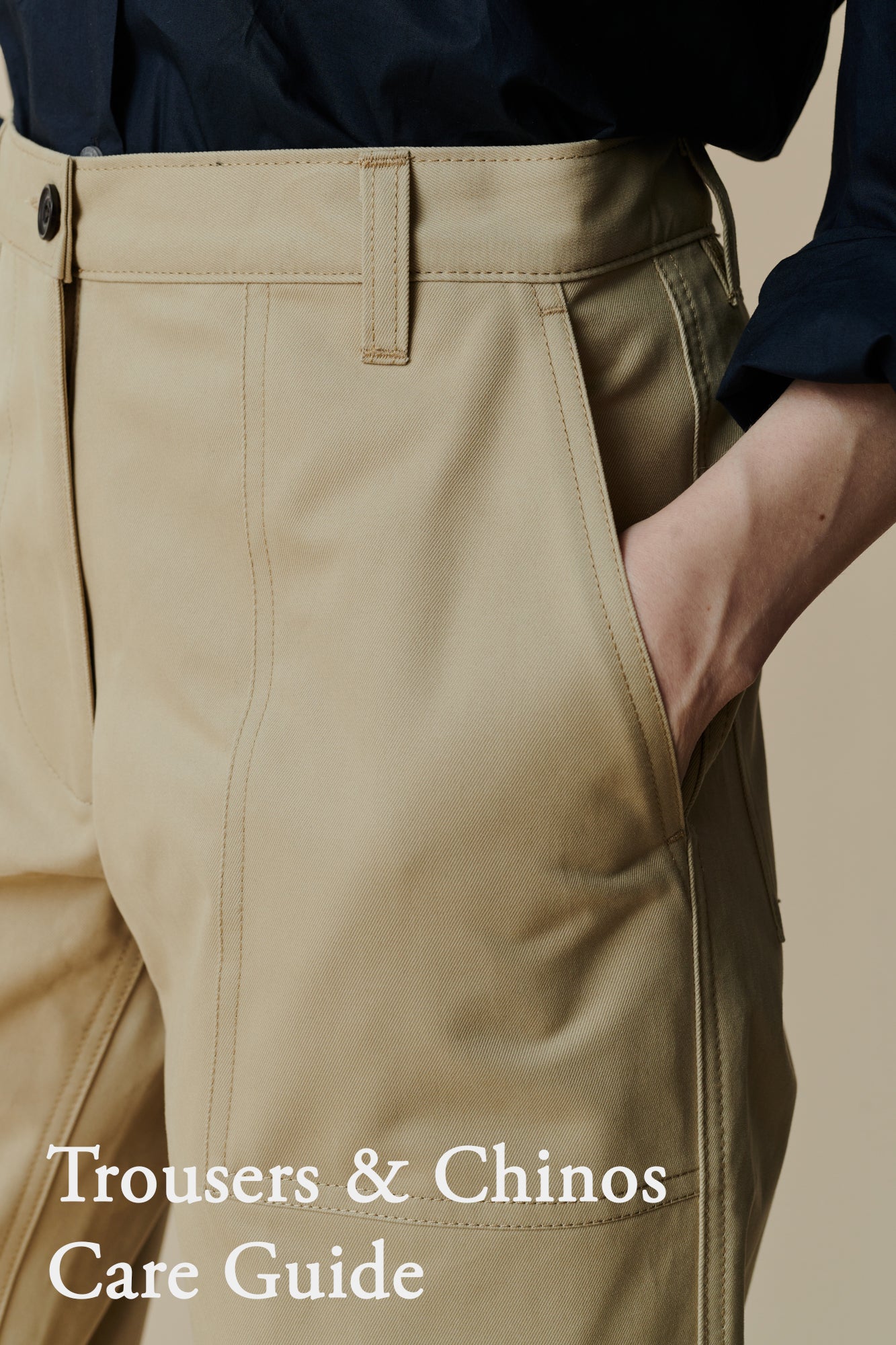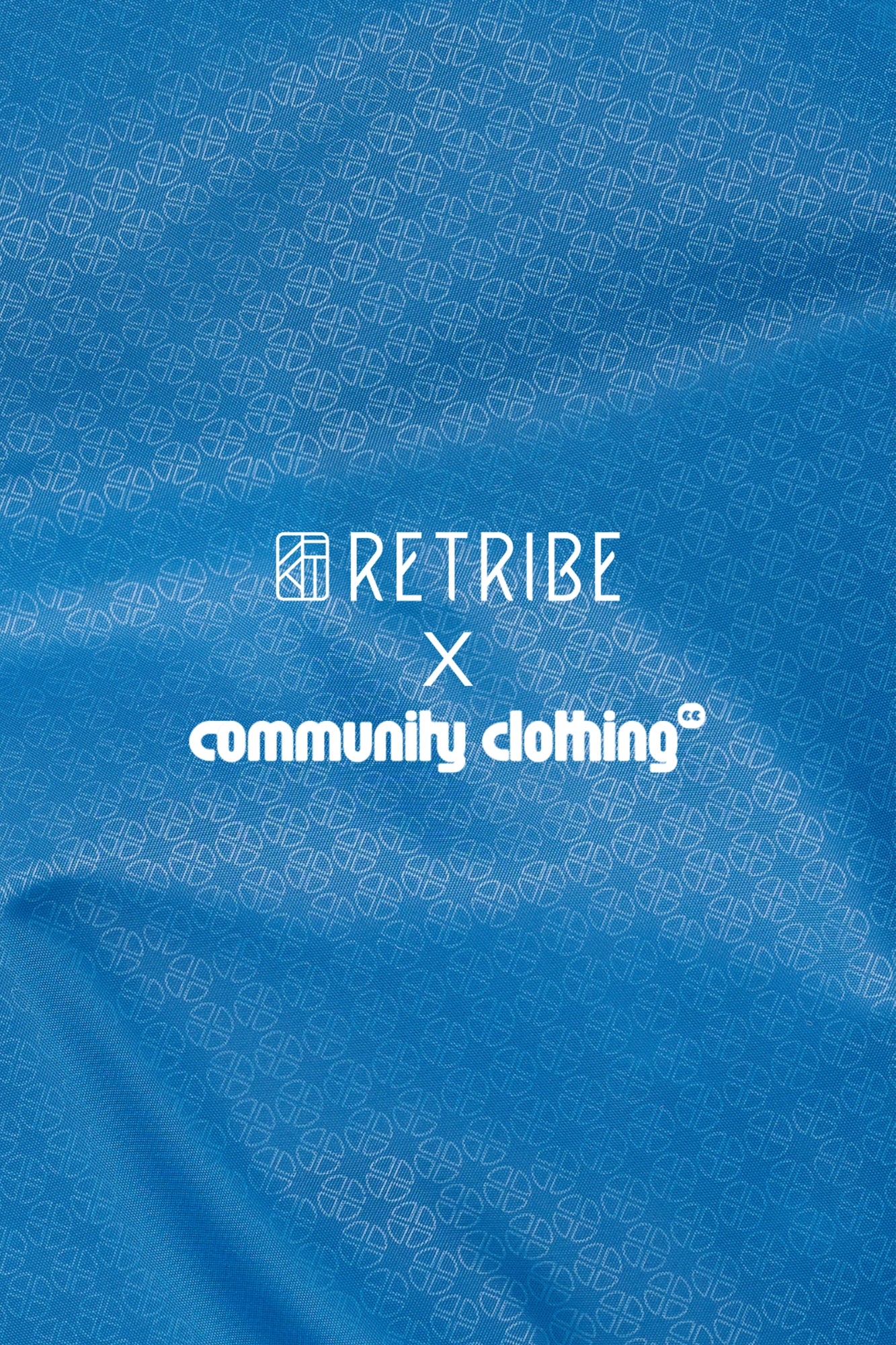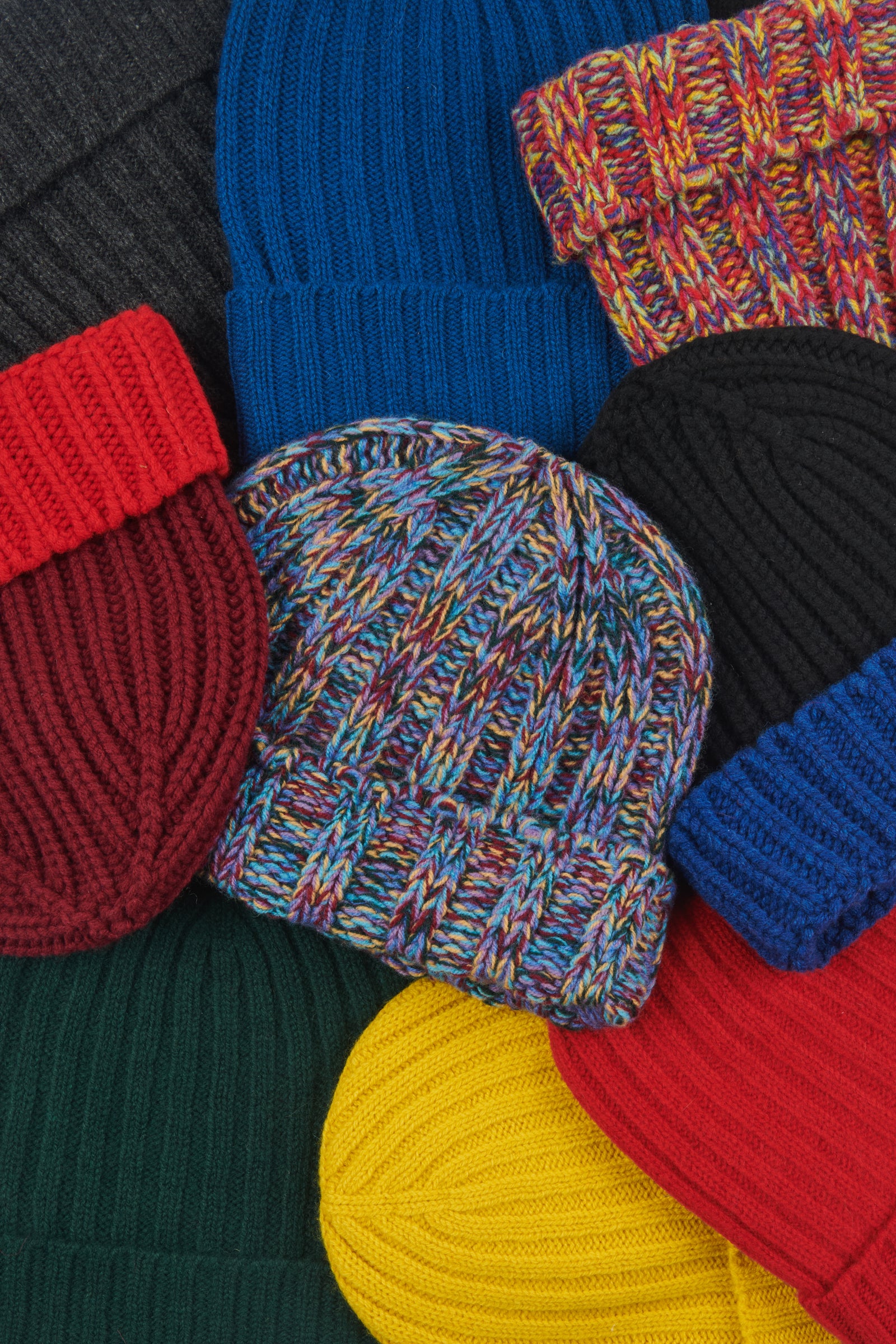Heading text here
Recycling clothes, in the way we understand recycling for things like glass and aluminium cans, where you take an old thing and turn it ack into usable raw materials from which new things can be made, is not a reality in the clothing world right now.
But hang on, I’ve seen garment collection bins for ‘recycling’ at some fast fashion brands, and some high street stores. Is this stuff not really recycled?
Well no, not as you would normally understand it. What does in fact happen is that these garments are taken away, sorted out by quality and then resold as second hand. The best grade (a very small proportion) might go to UK second hand shops, the next grade might go to eastern Europe, but most of it is shipped to the poorer countries in Asia and to sub-Saharan Africa, where some of it is sold second hand, and the rest is dumped or burned. There is literally no one on the planet today who wants the lowest grades of our cast-off clothing.
So why can’t we actually recycle it?
Well for starters a lot of clothing is mixed fibres, which makes it very difficult. Then there are the trims, buttons, zips, thread which are different materials again.
Then there the dye. We’ve spent centuries trying to make dye that never comes out of our clothes, but if we’re going to recycle it that’s exactly what we need it to do. If we don’t get the dyes out then all recycled material will come out brown.
And then there’s the cost. What little recycling is done is expensive. All buttons and zips and other trims need to be manually removed (which is why it’s mostly done in places where labour is very cheap), and then the textiles need to be mechanically broken down before they can be blended (often with other materials) before being re-spun, and woven into new. Because most new clothes are so cheap it’s currently considerably more expensive to make recycled than to make new. Currently clothes made from polyester cannot be made into anything else, they can only be dumped or incinerated.
But its not all doom and gloom. Happily there is a small amount of recycling that is done with 100% pure cotton or pure wool fabrics.
A small percentage of fibres from cotton textile waste (typically less than 20%) can be added to new fibres to make new textiles (this is what Isko who make our jeans do).
Cotton textile waste can also be used to make paper and we are currently investigating switching to this for some of our paper uses.
Wool, because it is a much more expensive fibre, has been viably recycled for thousands of year, and recycling routes are well established. Some is recovered and respun into new yarn, but a much greater quantity is used in other applications such as insulation materials or mattrass padding.
Designing clothes with recycling in mind is a vital next step. Using fabrics with just one fibre type is quite simple. All of our fabrics, with the exception of our women’s denim (which already contains recycled materials) are single fibre type fabrics meaning then can be simply treated at the end of life.
But making garments with just one material is not so easy. Many garments need zips or buttons. All clothes have to be labelled by law, but no one makes woollen clothing labels (if you know of someone who does please tell us).
Moving to garments that can be simply recycled is something we are working towards.





